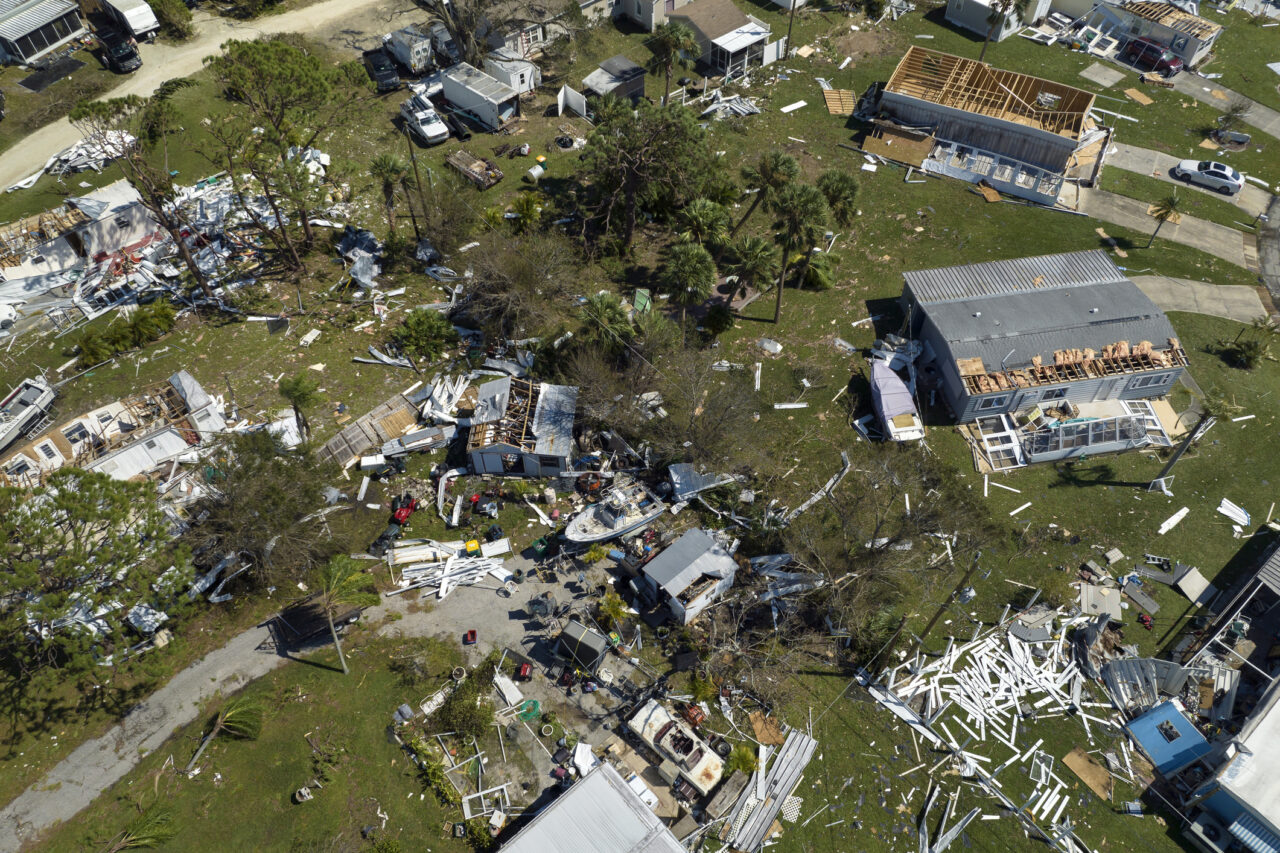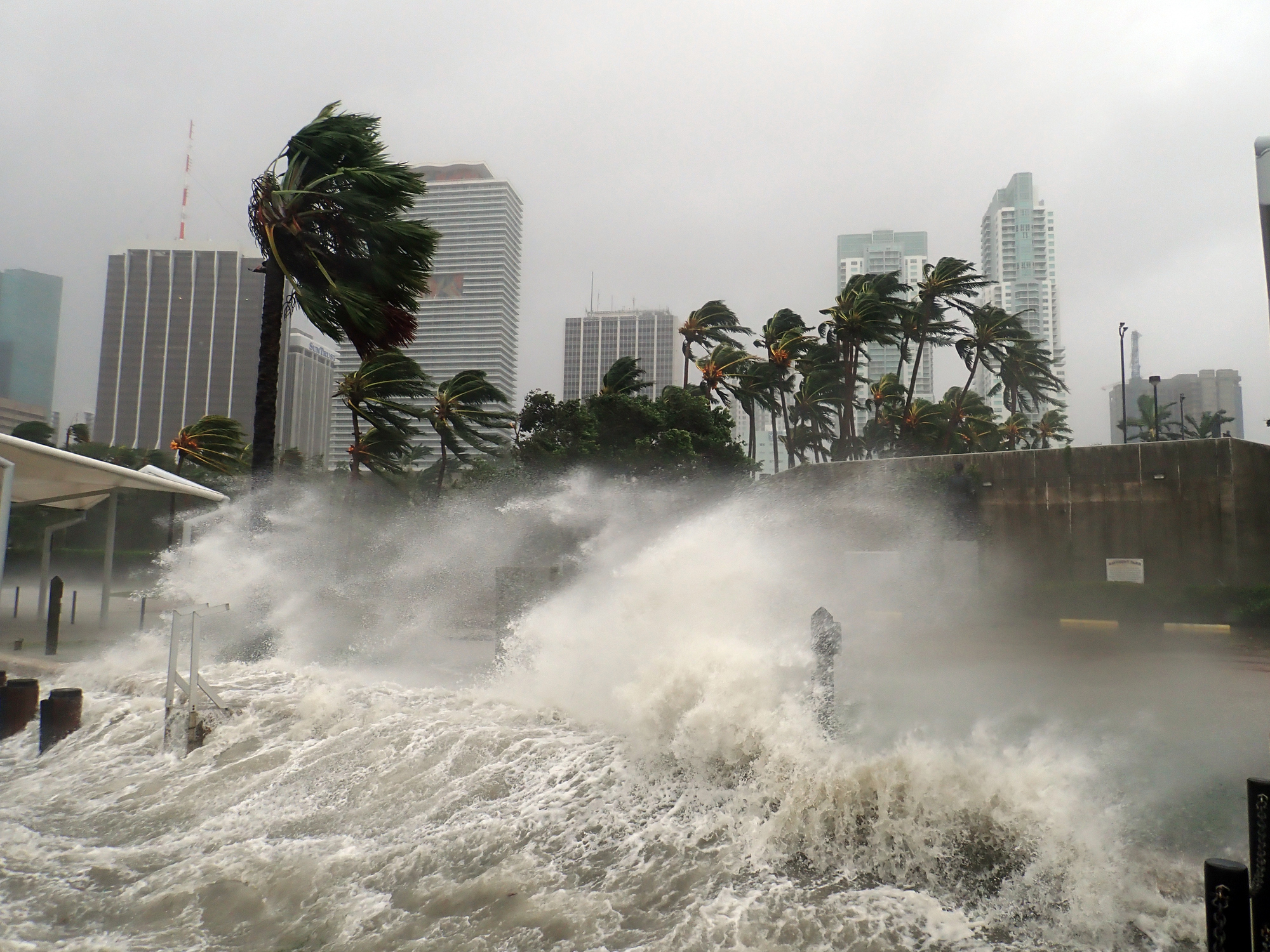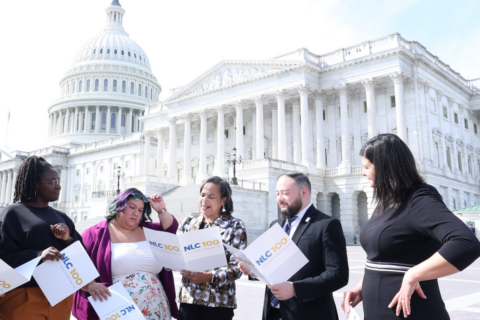Across the United States, numerous regions are facing the devastating impacts of tornadoes and other extreme weather conditions. Recently, as part of the Centennial Roadshow: 100 Years, 100 Cities, staff from the National League of Cities (NLC) visited Portage, MI, just days after the city experienced a severe tornado that caused significant damage. The tornado swept through the community, leaving a trail of destruction that impacted many homes, businesses, and public spaces. Despite this adversity, the community has shown remarkable resilience, coming together to support one another during this challenging time.
These events underscore the urgency for local governments to be well-prepared and knowledgeable about accessing federal resources promptly. The capacity to respond effectively to these threats not only safeguards communities but also facilitates faster recovery and minimizes long-term socio-economic disruptions. Given the increasing frequency and intensity of such weather events, understanding the mechanisms for federal assistance is more crucial than ever.
Navigating the complexities of disaster management requires a comprehensive understanding of the procedures involved in securing federal assistance. The Declaration Process and Public Assistance Program eligibility are crucial frameworks within which state, local, territorial, and tribal (SLTT) governments operate to manage and recover from disasters.
In the realm of disaster management, proactive preparation and knowledge of available federal resources are paramount for local governments. Understanding when and how to access these resources before a disaster strikes, rather than in its aftermath, can significantly enhance the efficiency and effectiveness of the response efforts. This foresight allows for quicker mobilization of resources, ensures that preliminary assessments align with federal standards, and helps expedite the declaration process. Early engagement with the Federal Emergency Management Agency (FEMA) and other federal bodies also facilitates a clearer understanding of the documentation and procedures required, reducing delays and potential confusion post-disaster. This preparatory step is crucial in building resilience and ensuring that communities can swiftly recover and rebuild with substantial federal support.
The Role of Mayors and Local Elected Officials

Local elected officials, particularly mayors, play a critical role in disaster management. As the leaders closest to the affected communities, they are not only the first responders but also the primary facilitators for disaster response and recovery efforts. Mayors coordinate with various emergency management agencies and stakeholders to ensure a swift and effective response. They are responsible for declaring local emergencies, communicating with the public, and providing leadership that navigates through the chaos of a disaster. Their proactive engagement in the declaration process and collaboration with state and federal authorities is vital in expediting the arrival of aid and resources needed for recovery.
The Declaration Process
When a disaster overwhelms local and state capabilities, a formal declaration process is initiated, allowing affected regions to request federal assistance. This begins with a joint Preliminary Damage Assessment (PDA) conducted by state, local, tribal and territorial governments (SLTT), and FEMA officials to document the impact and scale of the incident. Based on this assessment, a Governor or Tribal Chief Executive may request a declaration from the President via FEMA.
Two types of declarations can be made: Emergency Declarations and Major Disaster Declarations. Emergency Declarations are issued when immediate federal assistance is necessary to protect property, public health, and safety or to prevent the threat of a catastrophe. Major Disaster Declarations cover natural catastrophes and other large-scale emergencies, such as hurricanes, earthquakes, and floods, which require long-term recovery and restoration efforts.
Timeline for Presidential Disaster Declarations
The timeline for obtaining a Presidential disaster declaration can vary significantly depending on the severity and complexity of the disaster. Typically, once the formal request is made by a governor or tribal leader, the process can take from a few days to several weeks. Expedited declarations may be granted in cases of severe, immediate need, where preliminary assessments indicate overwhelming damage that exceeds local and state capabilities. However, in less clear-cut situations, the assessment and approval process may involve extensive reviews and require additional documentation, potentially extending the wait time for federal assistance.
Public Assistance Program Eligibility
Once a Presidential Declaration is made, the Public Assistance Program becomes a pivotal element in the recovery process, providing grants to help communities respond to and recover from disasters. The program covers a minimum of 75% of the eligible costs, which might increase up to 90% under certain conditions.
FEMA’s Public Assistance Program and Eligibility Course
The course is designed to provide comprehensive knowledge about the types of assistance available, the criteria for eligibility, and the application process. The course can be an invaluable, free resource for local governments to train employees on how to effectively manage and utilize federal aid after a disaster.
To aid local governments and organizations in understanding and navigating the Public Assistance Program, FEMA offers an online course titled “Public Assistance Program and Eligibility” available at FEMA’s EMI website.
Source: FEMA
Eligibility of Facilities and Costs
Eligibility also extends to the types of facilities and the specific costs associated with their damage and restoration. Facilities must be directly damaged by the disaster and serve a public or essential community function to qualify for funding. Costs associated with debris removal, emergency protective measures, and the restoration of damaged facilities are covered under the program, provided they meet FEMA’s criteria.
Conclusion
The Declaration Process and Public Assistance Program form the backbone of disaster recovery and assistance in the United States. Understanding these processes is essential for local governments at all levels to effectively prepare for, respond to, and recover from disasters. By navigating these frameworks efficiently, communities can ensure rapid recovery and mitigation of the impacts of disasters, paving the way for sustainable development and resilience against future incidents.

Additional Federal Disaster Assistance
- FEMA Individuals and Households Program (IHP) provides financial and direct services to eligible individuals and households affected by a disaster, who have uninsured or under-insured necessary expenses and serious needs. Learn more at fema.gov.
- Disaster Supplemental Nutrition Assistance Program (D-SNAP) for residents – People who might not ordinarily qualify for SNAP may be eligible for D-SNAP if they had disaster related expenses, such as loss of income, damage to property, relocation expenses and in some cases, loss of food due to power outages. Learn more at fns.usda.gov.
- The Small Business Administration (SBA) Disaster Assistance provides low-interest disaster loans to help businesses and homeowners recover from declared disasters. Learn more at sba.gov.
- HUD disaster recovery funds (CDBG-DR) – HUD may provide flexible Community Development Block Grant Disaster Recovery (CDBG-DR) funds to help cities, counties, and states recover from Presidentially declared disasters. Congress needs to pass supplemental appropriations to fund CDBG-DR assistance. Learn more at hud.gov.
- The U.S. Department of Transportation’s Federal Transit Administration (FTA) has a Public Transportation Emergency Relief (ER) Program that provides funding to help public transportation systems and states recover from natural disasters. Learn more at transit.dot.gov.
Additional Resources
- Local Leaders’ Role Before, During and After Disasters
- Pre-Disaster Recovery Planning Guide for Local Governments
- Public Assistance Program & Policy Guide (PAPPG) and Public Assistance Simplified Procedures Policy
- Hazard Mitigation Planning
- Social Vulnerability Index
- FEMA’s Resilience Analysis and Planning Tool (RAPT)
- Developing and Maintaining Emergency Operations Plans
- National Incident Management System Guideline for Mutual Aid
- Emergency Management Assistance Compact
- FEMA grants
- Expanding Mitigation
- Making the Connection to Equity
- Executive Order 13985, On Advancing Racial Equity and Support for Underserved Communities Through the Federal Government
- FEMA’s Building Private-Public Partnerships guide
- Making individual preparedness plans
Stay Connected
Sign up for the Federal Advocacy newsletter to get the latest updates on NLC’s federal advocacy efforts.








